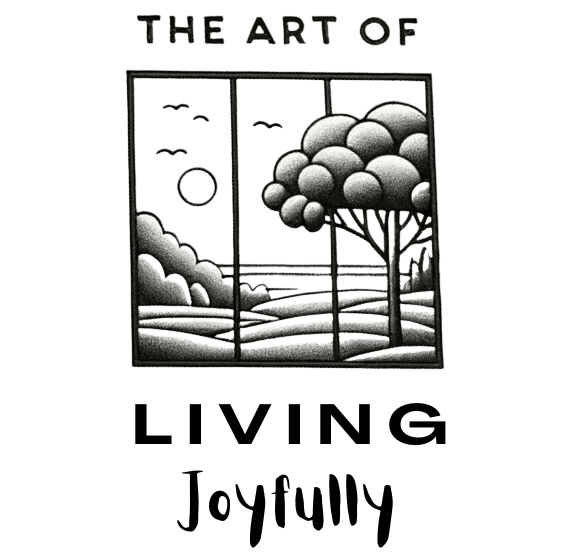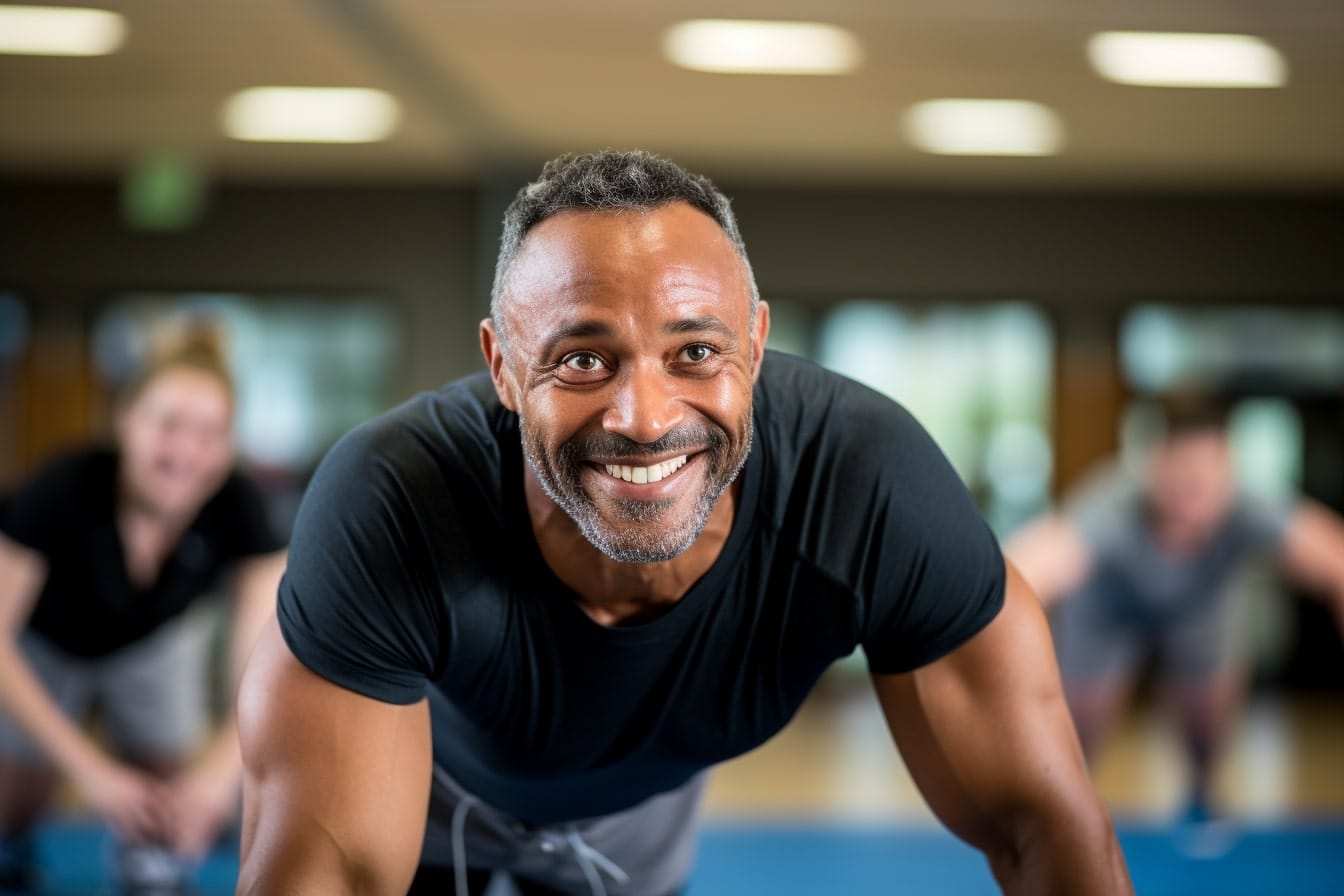The Vital Importance of Exercise After 50
Since many of us are getting closer to the halfway point of the century, it is likely that we will place a greater emphasis on maintaining our health and vigor. The natural deterioration in physical health that comes with approaching our later decades might be unsettling, but it is important to remember that we have the ability to actively fight against the aging process with proactive measures. For the purpose of extending our healthy years, one of the most effective preventative measures that we can take is to make a commitment to engaging in daily physical activity and exercise.
After reaching the age of 50, the dangers that come with leading a sedentary lifestyle become exponentially more severe. An inactive lifestyle and a lack of physical activity are significantly associated with a wide range of negative and long-term health problems, including cardiovascular disease, diabetes, obesity, osteoporosis, and a reduction in both strength and lean body mass. Nevertheless, if we continue to be committed to our regular workouts as we get older, we are able to protect ourselves against and alleviate these worries, maintaining our physical function and independence for a longer period of time.
Exercise, in addition to maintaining physical health, provides extra benefits to one’s mental, emotional, and social well-being, all of which contribute significantly to an improvement in one’s quality of life. The stimulation of endorphins can provide a mental boost and an elevation in mood, which can be beneficial in the treatment of anxiety, depression, and memory reduction. Through participation in group programs and activities, we are able to improve both our daily social contacts and our sense of belonging.
The main point to take away from this is that just because we have reached the age of fifty, it does not mean that we should stop engaging in physical activity as part of our lifestyles. The fact of the matter is that it becomes more necessary than it has ever been in order to promote the longevity and fulfillment that we want to experience in our later years. Explore the ways in which committing to regular physical activity can assist older people in improving their vitality across the board in terms of their health.
Taking Action Against Major Health Dangers
According to the Centers for Disease Control and Prevention (CDC), participating in adequate amounts of physical activity can help prevent the onset of a number of serious illnesses that are more likely to occur after the age of 50.
“Physical activity can help prevent and improve several risk factors, including high blood pressure, high triglycerides, low HDL cholesterol levels, and being overweight,” according to the Centers for Disease Control and Prevention (CDC). These are all variables that contribute to cardiovascular disease. These risk factors include being overweight.
In the case of type 2 diabetes, physical activity has a significant role in the regulation of blood sugar levels and insulin resistance, thereby effectively preventing and controlling these symptoms.It is vital to engage in physical activity in order to maintain a healthy weight and counteract the fat gains that are associated with aging. Weight-bearing activity in osteoporosis helps to strengthen bones, which in turn slows down the rate at which bone mineral density is lost, minimizing the likelihood of fractures and breaks.
Full-body exercises that are supported by evidence Evidence longevity
Training for flexibility, cardiovascular activity, strength training, and balancing drills can all be combined to help older folks realize the benefits of an active lifestyle. This can help them reap all of the benefits of an active lifestyle. The American Heart Association suggests incorporating the following components into your lifestyle:
- By engaging in higher-intensity aerobic activity (such as walking, swimming, or cycling) for thirty minutes every day, cardiovascular training can improve the health of both the heart and the lungs.
- Retaining the necessary muscle mass can be accomplished with the use of strength training (weights, resistance bands) two to three times per week.
- Flexibility training on a daily basis, such as stretching, yoga, or Pilates, helps to preserve range of motion and minimizes the chance of injury.
- Tai chi, foam rollers, and BOSU boards are all examples of exercises that improve balance and stability, which can help prevent falls.
Maximizing the Vitality and Satisfaction of Active Aging
The benefits of maintaining a physically active lifestyle extend well beyond the simple task of ensuring that one’s body continues to operate normally. Exercise has been found to provide long-term advantages to cognitive, mental, and social functioning, which significantly improves overall wellbeing. Exercise has been shown to enhance blood flow and gray matter volume in the brain, which results in improved memory and thinking as we age. This is one of the ways that exercise helps reduce cognitive decline.
In addition to elevating spirits and alleviating symptoms of melancholy, physical activity is known to increase feel-good endorphins, which in turn help to alleviate anxiety and sadness.
Social Connection: Participating in group programs and activities allows for the formation of new relationships, which can improve one’s day-to-day life.
What’s the main point? The mere fact that we have reached the age of 50 does not indicate that we should limit our physical activity. In order to maintain a healthy lifestyle, it is essential to locate activities that are both interesting and suitable for our abilities and interests. No matter if you want to engage in intense training circuits, relaxing nature walks, or motivated Zumba groups, keeping active is the best way to keep your mind, body, and life refreshed.







